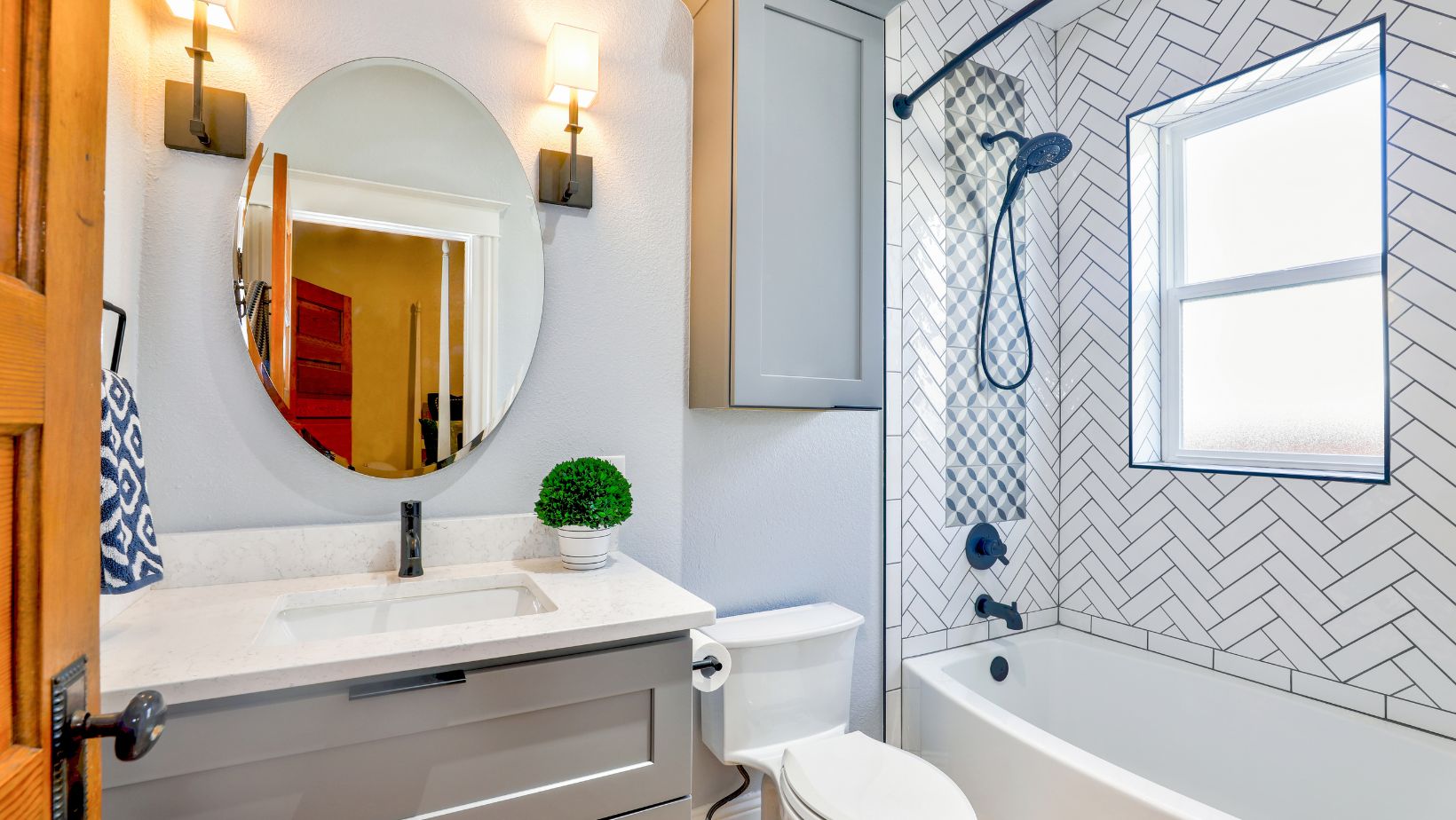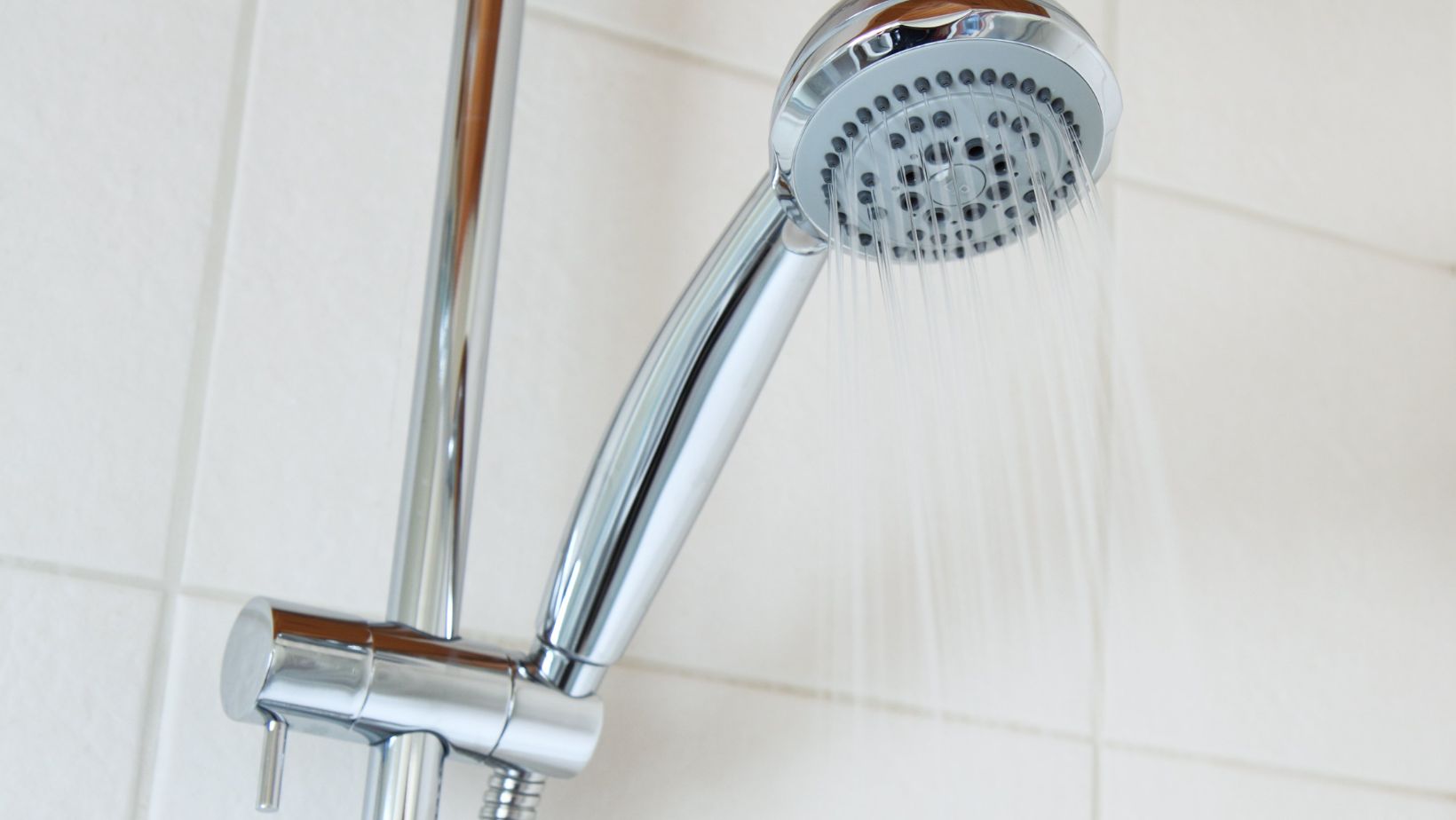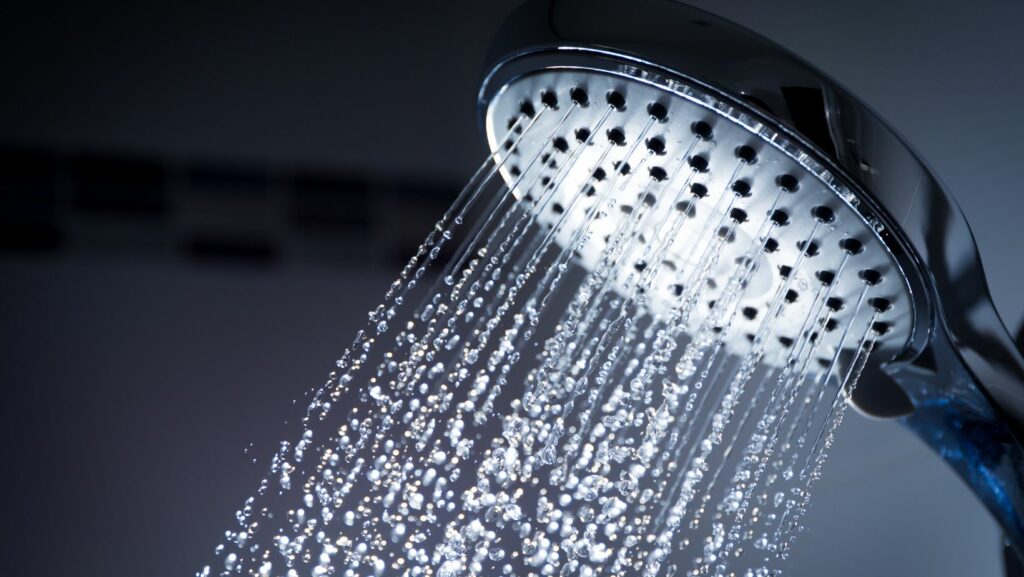Few things are as frustrating as stepping into a nice, warm shower, only to have the water turn icy cold within minutes. If you constantly find yourself rushing to finish before the hot water runs out, there’s likely an issue with your water heater or plumbing system. The good news? Most of these problems have straightforward solutions.
If you rely on a Rheem hot water system or another water heater brand, understanding how it works and how to maintain it properly can help prevent sudden cold showers. Let’s break down the most common reasons your shower loses heat too quickly and what you can do to fix it.
1. Your Water Heater Is Too Small
One of the most common reasons for running out of hot water quickly is that your water heater simply doesn’t have enough capacity for your household’s needs. Traditional tank-style water heaters store a limited amount of hot water, and once that’s used up, it takes time to reheat more.
How to fix it:
- If your household has grown, consider upgrading to a larger water heater.
- A tankless water heater may be a better option, as it heats water on demand rather than storing a limited supply.
- Try staggering showers and other hot water use (such as dishwashing or laundry) to prevent draining the tank too quickly.
2. Sediment Buildup in the Tank
Over time, minerals from your water supply can accumulate at the bottom of your water heater, creating a layer of sediment.

This buildup makes it harder for the heating element to warm the water effectively, reducing your available hot water.
How to fix it:
- Flush your water heater at least once a year to remove sediment.
- If you have hard water, consider installing a water softener to reduce mineral buildup.
- If your water heater is old and heavily impacted by sediment, it may be time for a replacement.
3. A Faulty Heating Element or Thermostat
Electric water heaters rely on heating elements to warm the water, while gas water heaters use a burner. If one of these elements fails, your water may not heat properly or may run out faster than usual. Similarly, a malfunctioning thermostat can cause temperature inconsistencies.
How to fix it:
- Check the thermostat setting—most water heaters should be set to around 120°F (49°C).
- If adjusting the temperature doesn’t help, a professional can inspect the heating elements and replace them if needed.
4. Broken or Failing Dip Tube
The dip tube is a small but essential component inside your water heater that directs cold water to the bottom of the tank to be heated. If the tube is broken or deteriorating, cold water can mix with hot water at the great of the tank, reducing the overall temperature.
How to fix it:
- If you notice a sudden drop in hot water availability, have a plumber inspect and replace the dip tube if necessary.
5. Plumbing Leaks or Cross-Connections
A hidden leak in your hot water pipes can cause hot water to escape before reaching your shower.

Additionally, a plumbing issue called a cross-connection—where hot and cold water mix due to a faulty valve—can result in lukewarm or cold water coming out of your shower.
How to fix it:
- Look for visible leaks around your water heater and plumbing connections.
- If you suspect a cross-connection, have a plumber check for faulty mixing valves and make necessary repairs.
6. Excessive Hot Water Demand
Sometimes, the problem isn’t with your water heater itself but with how much hot water is being used at once. If multiple people are showering, running the dishwasher, and doing laundry at the same time, your water heater may struggle to keep up.
How to fix it:
- Stagger hot water usage throughout the day.
- Install low-flow showerheads to reduce hot water consumption.
- Upgrade to a more efficient water heater if your current system can’t keep up with demand.
By identifying and addressing the root cause of your hot water issues, you can enjoy longer, more comfortable showers without worrying about the sudden shock of cold water.
